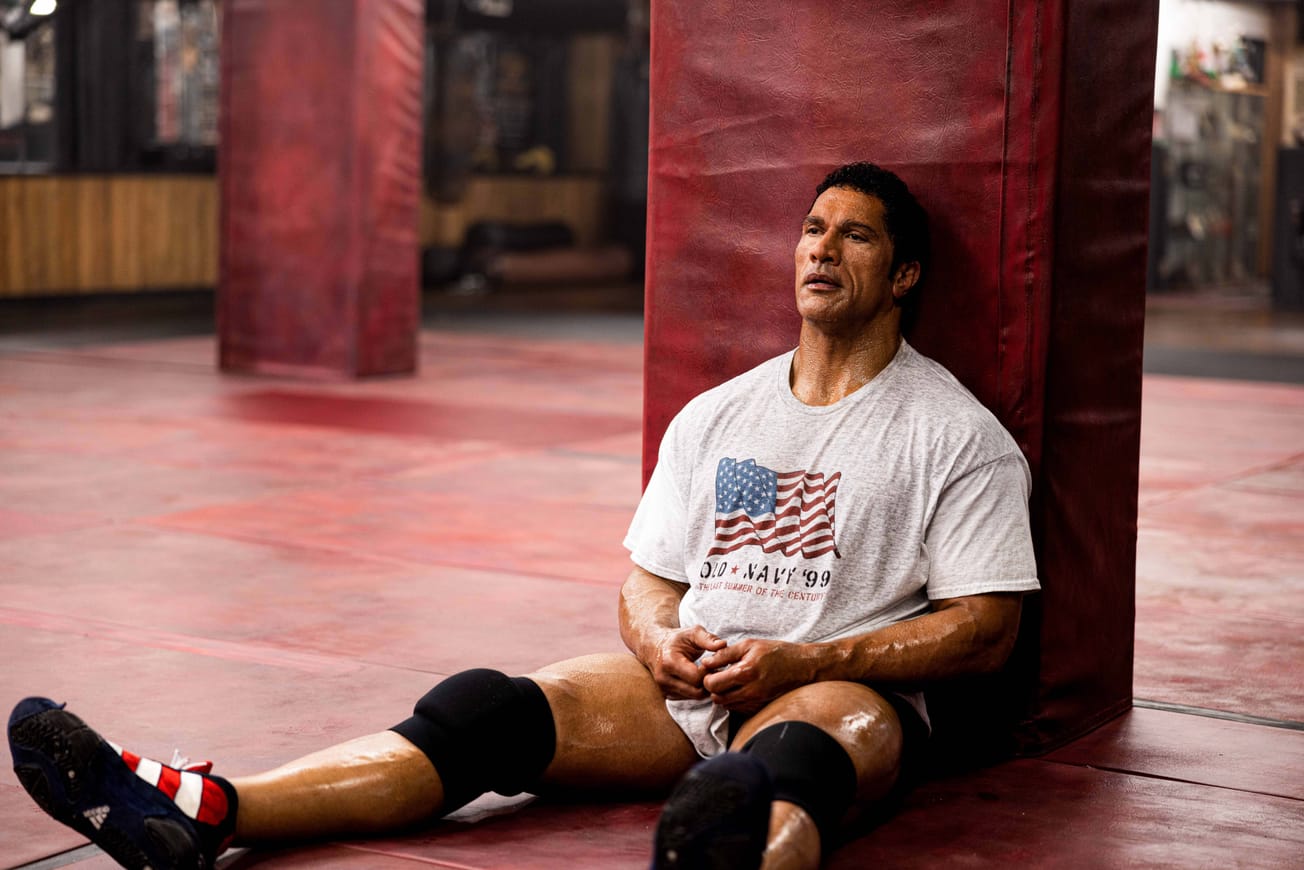Sam Cox, Second Year English
Earlier this summer, rapper Tyler, the Creator released a teaser video for his latest album where he appeared in a ushanka hat and red cardigan, leaning against a pink Fiat Abarth 131, embraced in a kiss, and framed with the title of his upcoming album ‘Call Me If You Get Lost.’ This was supplemented with a billboard on Sunset Boulevard inviting people to dial 1-855-444-8888, a number that offered a teaser of his new music when called, leading up to the eventual release of his album in late June.
While not in itself unprecedented (Zayn Malik expressed a similar idea when he promoted his sullenly titled album Nobody is Listening), it does raise an interesting question: with the LP as a format facing an existential threat in a world of Spotify playlists and TikTok dances, how important is it to really finesse the album-drop? The last two decades have been littered with examples of how to get it right, though there are also more than a few instances of artists getting it very wrong (we’ll get to you, Bono).
The album as a format began its existential crisis circa 2007. Take Radiohead, who brought the pay-what-you-want model of selling music - which has since been adopted by Bandcamp – to the mainstream with In Rainbows, which was quietly announced by Jonny Greenwood in a blog-post only ten days before the album’s release date. This experiment paid off when In Rainbows outsold the band’s previous records and shrewdly combatted the peer-to-peer file sharing rampant in the noughties.
In stark contrast to this minimalist approach was Nine Inch Nails, who launched their dystopian concept album Year Zero in the same year through an extravagant series of clues and hints on t-shirts, e-mails, videos and, most cryptically, on a USB stick left in a toilet in Lisbon. These clues accumulated not only in the album’s release but in an accompanying alternate-reality game. Vocalist Trent Reznor explained his personal wider meaning behind this self-album-leak, stating that ‘the medium of the CD is outdated and irrelevant’ nearly a decade before the CD made way for the hybrid of streaming and vinyl sales.
The genius of the Nine Inch Nails album tease is that its unique nature appeals to the most devout of fans – people who are more than happy to put in the hours for new music from their favourite artists. If this release represented an extension of an olive branch to a faithful following, then U2’s 2014 drop Songs of Innocencelies completely antithetical to this notion. Placing their new record in the iTunes library of every apple customer not only represented an obnoxious commodification of music that Bono seems the ideal person to embody, but also achieves little more than causing significant annoyance to those uninterested.
Then, of course, there’s the Beyoncé model: no hype, no build-up - just put it out and sit back. Taylor Swift did something similar with folklore in 2020, released with only sixteen hours’ notice, but this (notion) can be traced back as far as Bob Dylan’s 1967 John Wesley Harding, which was consciously released without fanfare: ‘‘I asked Columbia to release it with no publicity and no hype, because this was the season of hype.’
Surprise 🤗 Tonight at midnight I’ll be releasing my 8th studio album, folklore; an entire brand new album of songs I’ve poured all of my whims, dreams, fears, and musings into. Pre-order at https://t.co/zSHpnhUlLb pic.twitter.com/4ZVGy4l23b
— Taylor Swift (@taylorswift13) July 23, 2020
Not generating any hype can become a kind of hype, and there is something admirable in the self-assured hubris of dropping an album and letting the audience come to you. You can’t help but feel that the agency to make such a statement comes with years of success, though. Rolling Stone’s Rob Sheffield noted in his review of Beyoncé’s self-titled surprise album that it ‘boils down to the fact that [she] can do anything the hell she wants to.’ You get the feeling that this kind of album-drop wouldn’t work for an industry newcomer, which itself probably speaks to the ever-increasing gap between the most and least successful in the music industry.
If all else fails there is always the Death Grips route of abandoning record-label bureaucracy and the idea of hype entirely, dropping No Love Deep Web as a free download to the chagrin of your label bosses, getting dropped from said label but picking up a few headlines in the process.
One instance that did feel like a genuine breaking-of-the-mould moment was the release cycle of Kanye West’s The Life of Pablo. After officially releasing the album for streaming in February 2016, West continued to tinker with mixes in the following days and weeks and promised fans on Twitter that he would update certain songs, add guest features that hadn’t initially been there and even play around with the track-listing. Kanye said it best himself on Twitter: ‘Life of Pablo is a living breathing changing creative expression. #contemporaryart’.
The sounds of Bristol University? A look into Spotify's curated playlists
Vinyl is here to stay - a look at Bristol's vinyl record scene
The ongoing pandemic has meant that for the last year or so, traditional avenues of album-promotion (tours, media appearances) have had to be replaced by digital promotion with acts vying for attention amongst the hustle and bustle of the social media timeline, jumping up and down yelling ‘pick me, pick me!’ to people with a million other distractions in the palms of their hands.
The album as a format can at times feel incompatible with the instant gratification of the streaming-era, the world in which tailored playlists are king - Spotify trimming the fat and giving us exactly what we want when we want it but failing to give listeners the time to realise that some songs take a while to grow on you and some artists can take days, months, even years to connect. Does Spotify care whether I finally get Trout Mask Replica when they already have a Daily Mix catering to my every need? My instinct says no.
From streaming to non-fungible tokens, the internet is already more than two decades into shaking up the music industry, and the sense is that there are plenty more innovations and surprises to come for the album format, which stoically refuses to take its defeat lying down.
Featured image: Mick Haupt
What do you think is the perfect way to generate excitement for an album?









